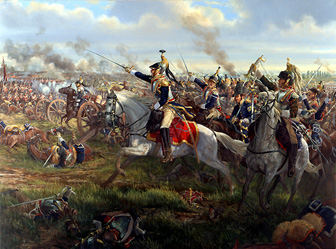
Last Update: 13MAR12


For additional recommended reading,
click here.
Project White Horse began and still is intended as a quest, first, for understanding the elements of time critical decision making in worst case disasters (those defined as inconceivable, potentially uncontrollable and with extreme aspects of uncertainty and chaos), and second, for further knowledge necessary to support readiness of the people who will be called upon to make those decisions when time is their enemy. While current events have been discussed, the primary effort was focused on finding authors whose thinking was timeless in light of reflection on severe crisis response. I take pride in noting that on review of the work of the authors here on PWH (such as John Giduck, Chet Richards, Russ Honore, John Boyd, John Sullivan, Fred Leland Don Vandergriff, Dag von Lubitz, Fredrick Brown, Christophe Roux-Dufort, and all the others),I find all as pertinent now as when originally written. This edition offers a sixth version of DaVinci's Horse in two parts intended to capture some of the main points over the last five years and then brings the work of Dr. Erwan Lagadec on leadership for Unconventional Crisis, and that of Dave Snowden and Mary Boone on the impact of discernment for first decisions when faced with initial stages of severe crisis of ordered, unordered or disordered context – the Cynefin Framework as a critical umbrella for past PWH offerings. The final piece is the DVH Part #2 encapsulating a model called the Readiness Factor as complimentary and necessary for a Culture of Preparedness.
In the face of terrorism/non-state warfare, radicalism, globalization, implications of possible global warming(or at minimum, recognition of the world wide impact of major disasters), corporate corruption, information age capability (good news, bad news, wrong news, biased news, corrupt news), and an emerging requirement increase for protection of citizens and infrastructure…
|
|
DaVinci's Horse #6
The Readiness Factor or learned adaptability or creativity – figuring out how to use what you already know in order to go beyond what you currently think, … learning required.
|
|
Leadership in Unconventional Crisis (Introduction}
The idea of unconventional crises was first introduced in 2007 by Dr. Erwan Lagadec in Unconventional Crises, Unconventional Responses: Reforming Leadership in the Age of Catastrophic Crises and Hypercomplexity. As defined, these events are distinguished from more familiar or routine emergencies and conventional disasters by the presence of significantly new circumstances and different kinds of intellectual challenges. The main characteristic of unconventional incidents is that they are exceedingly difficult to map. This can be due to: the technical complexity of response efforts; an unusually complex geography of affected areas; the potential for a crisis suddenly to affect systems and interests that initially seemed remote; a bewildering kaleidoscope of stakeholders; or confusing, overwhelming, or, conversely, insufficient information. With a high degree of difficulty in "mapping" the operational environment, we now require decision making under circumstance with hyper complex characteristics. >>Please read Leadership in Unconventional Crisis (Introduction) here
|
A Leader's Framework for Decision Making In his thesis Combat Operations C3I: Fundamentals and Interactions at Air University Center for Aerospace Doctrine, Research, and Education, Major George E. Orr (USAF) noted:
Whether in combat or in response to a high impact disaster, understanding the starting parameters would seem essential to effective response. Dr. Erwan Lagadec in his books on unconventional crisis has noted that blindly following the "playbook" script based on over simplified assumptions could not only be ineffective but indeed could lead to worsening the situation. In that light consider Dave Snowden's and Mary Boone's thoughts on initial understanding of situational context:
>>Please read the exerpts here....
|
|
|||||||||||
|
About PWH | Archives | Site Index | Contact Info
© 2006-2012 Project White Horse. All Rights Reserved.Site Design by Tracey French Designs
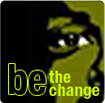

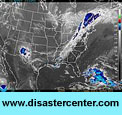




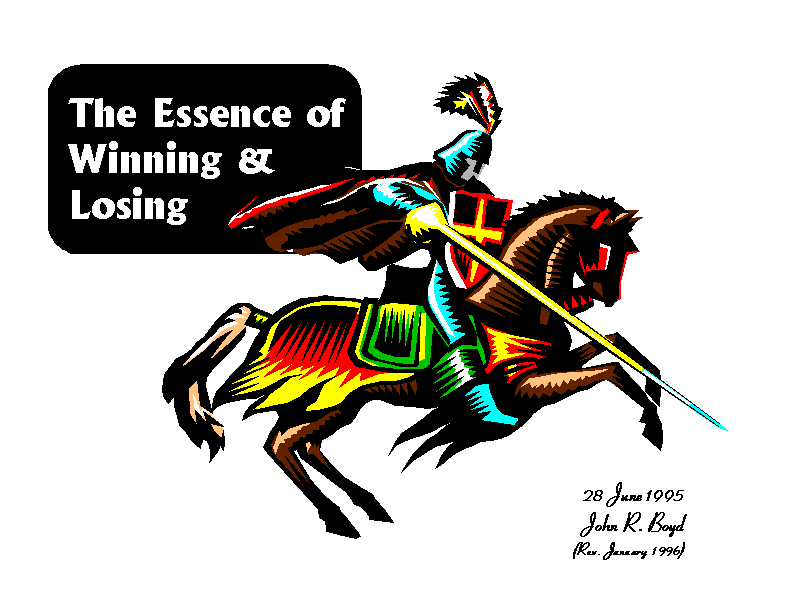

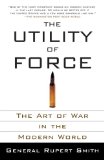
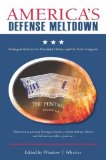

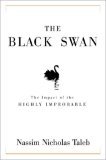

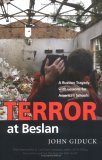

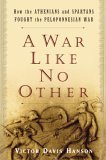



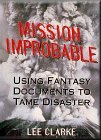


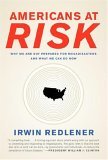



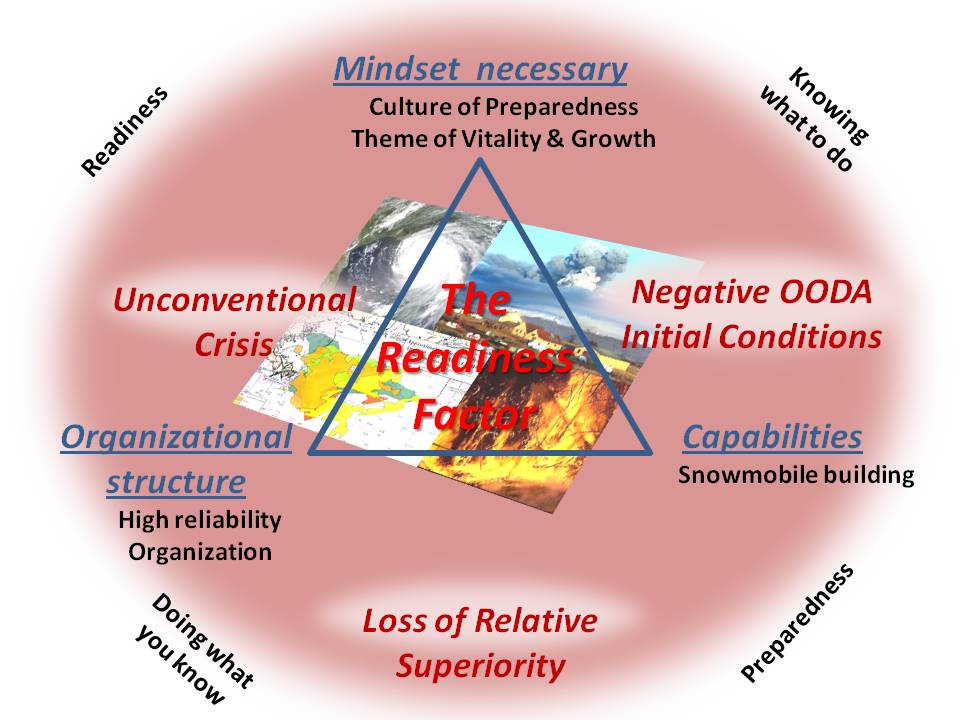 In two parts, this is the sixth piece in the DaVinci's Horse series. Part #1 leverages the idea of Narrative Rationality and the Deep Story from Venkatesh Rao's recent book TEMPO – Timing, Tactics and Strategy in Narrative-Driven Decision Making, and is intended to provide an organizing overview of key points introduced in PWH to date. Using Rao's concept, the model emerging from the PWH deep story (the "intersection" evolving from our authors) is that of the idea of the Readiness Factor. The elements of this model are discussed in terms of 1)The environment of Unconventional Crisis and Negative Start OODA Loops; 2) Organizational structure; 3) Capabilities necessary to generate actionable understanding; 4)Mindset required. This model is offered for review as a critical thread for resilient communities and as complimentary to General Russ Honore's Culture of Preparedness.
In two parts, this is the sixth piece in the DaVinci's Horse series. Part #1 leverages the idea of Narrative Rationality and the Deep Story from Venkatesh Rao's recent book TEMPO – Timing, Tactics and Strategy in Narrative-Driven Decision Making, and is intended to provide an organizing overview of key points introduced in PWH to date. Using Rao's concept, the model emerging from the PWH deep story (the "intersection" evolving from our authors) is that of the idea of the Readiness Factor. The elements of this model are discussed in terms of 1)The environment of Unconventional Crisis and Negative Start OODA Loops; 2) Organizational structure; 3) Capabilities necessary to generate actionable understanding; 4)Mindset required. This model is offered for review as a critical thread for resilient communities and as complimentary to General Russ Honore's Culture of Preparedness. 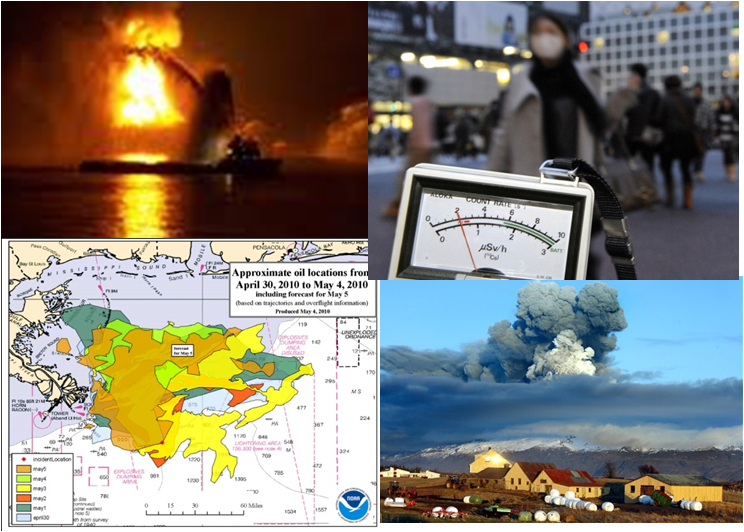 PWH Introduction: A significant point, in a severe crisis response is initial assessment and initial response which I believe, is the problem generated by not recognizing the nature or even acknowledging the existence of a different kind of problem, one potentially very complex or stochastic in nature – an "unconventional crisis."
PWH Introduction: A significant point, in a severe crisis response is initial assessment and initial response which I believe, is the problem generated by not recognizing the nature or even acknowledging the existence of a different kind of problem, one potentially very complex or stochastic in nature – an "unconventional crisis."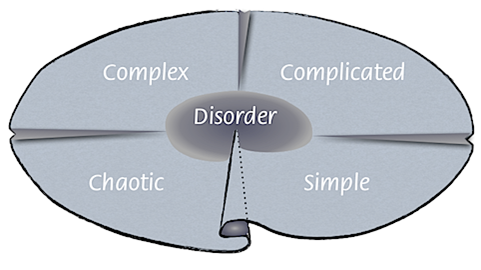 The Cynefin framework helps leaders determine the prevailing operative context so that they can make appropriate choices. Each domain requires different actions. Simple and complicated contexts assume an ordered universe, where cause-and-effect relationships are perceptible, and right answers can be determined based on the facts. Complex and chaotic contexts are unordered—there is no immediately apparent relationship between cause and effect, and the way forward is determined based on emerging patterns. The ordered world is the world of fact-based management; the unordered world represents pattern based management. The very nature of the other domain— disorder—makes it particularly difficult to recognize when one is in it. Here, multiple perspectives jostle for prominence, factional leaders argue with one another, and cacophony rules. The way out of this realm is to break down the situation into constituent parts and assign each to one of the other four realms. Leaders can then make decisions and intervene in contextually appropriate ways. Please read the excerpts below:
The Cynefin framework helps leaders determine the prevailing operative context so that they can make appropriate choices. Each domain requires different actions. Simple and complicated contexts assume an ordered universe, where cause-and-effect relationships are perceptible, and right answers can be determined based on the facts. Complex and chaotic contexts are unordered—there is no immediately apparent relationship between cause and effect, and the way forward is determined based on emerging patterns. The ordered world is the world of fact-based management; the unordered world represents pattern based management. The very nature of the other domain— disorder—makes it particularly difficult to recognize when one is in it. Here, multiple perspectives jostle for prominence, factional leaders argue with one another, and cacophony rules. The way out of this realm is to break down the situation into constituent parts and assign each to one of the other four realms. Leaders can then make decisions and intervene in contextually appropriate ways. Please read the excerpts below: 


